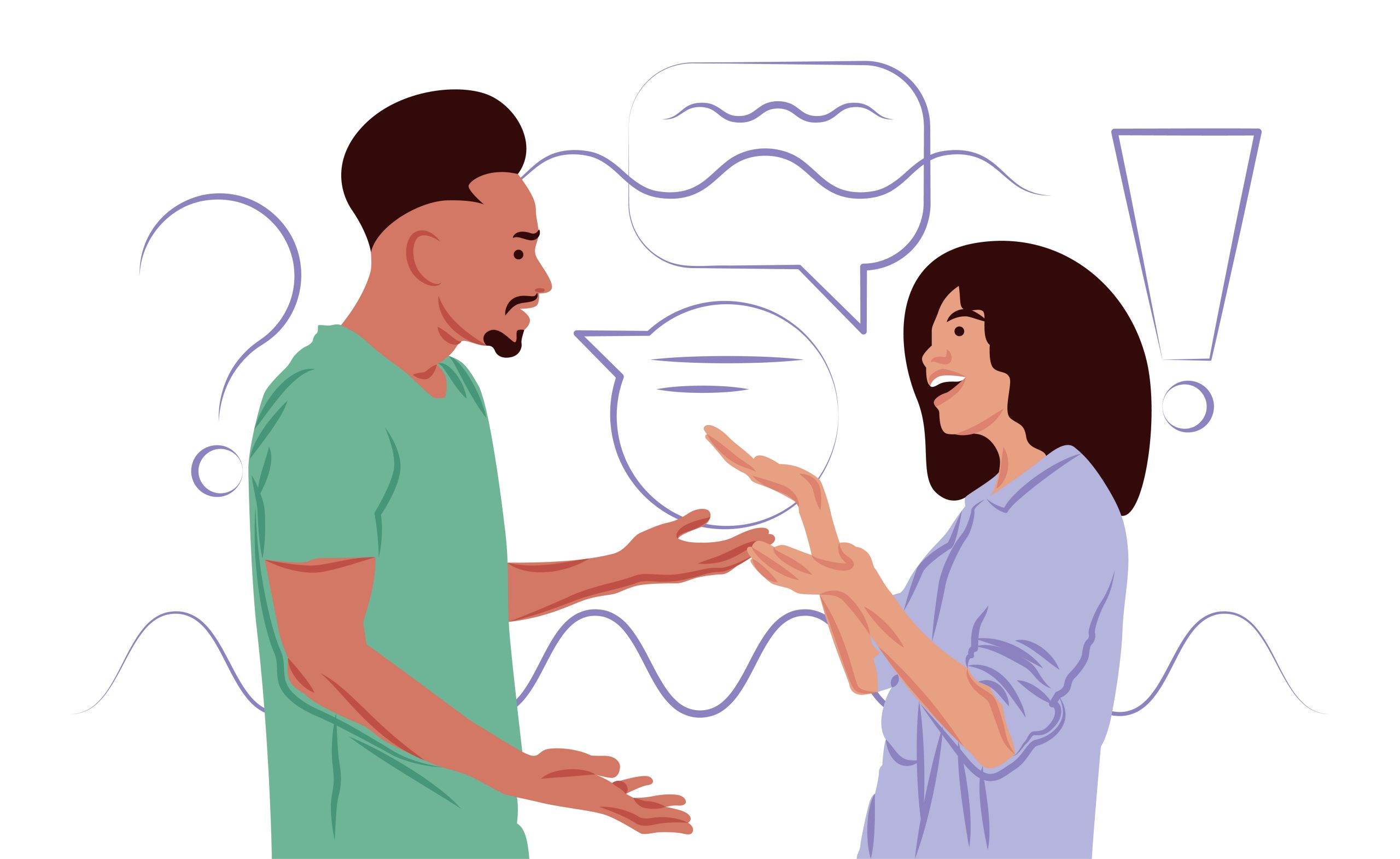Communication is not limited to words alone. In fact, a significant portion of our communication is conveyed through nonverbal cues. From facial expressions and gestures to posture and body movements, our body language speaks volumes about our thoughts, emotions, and intentions. Understanding and interpreting these nonverbal signals can provide valuable insights into our interactions with others and help us navigate social situations more effectively. In this article, we unveil the secrets of body language, exploring the fascinating world of nonverbal communication and the cues that can reveal what words may not express.
The Power of Facial Expressions: Windows to Emotions
Facial expressions are one of the most powerful and recognizable forms of nonverbal communication. A smile, a furrowed brow, or a raised eyebrow can instantly convey a range of emotions. The human face is incredibly expressive, with muscles working together to create a multitude of expressions. Happiness, sadness, surprise, anger, and disgust are just a few of the emotions that can be communicated through facial expressions. By paying attention to the subtle changes in someone’s face, we can gain insight into their emotional state and adjust our own responses accordingly.
Gestures: Communicating with Movements
Gestures are another important aspect of body language that can convey meaning and intent. Hand movements, arm gestures, and body positioning can enhance or reinforce verbal messages. For example, pointing a finger can indicate direction or draw attention, while nodding can signal agreement or understanding. However, it’s important to note that gestures can also vary across cultures, so it’s essential to consider cultural differences when interpreting them. By observing and interpreting gestures, we can gain a deeper understanding of the message being conveyed and ensure effective communication.
Posture and Body Alignment: The Language of Confidence and Power
Our posture and body alignment communicate a wealth of information about our confidence, assertiveness, and power dynamics. Standing tall with an open posture and relaxed stance conveys confidence and approachability. Conversely, slouching or hunching can indicate insecurity or disinterest. Additionally, body orientation towards or away from someone can signal engagement or disengagement. By paying attention to our own posture and the posture of others, we can consciously use body language to project confidence and establish positive connections.
Eye Contact: The Gateway to Connection
Eye contact is often referred to as the “window to the soul.” It is a fundamental aspect of nonverbal communication and plays a vital role in building connections and establishing trust. Maintaining appropriate eye contact demonstrates attentiveness and interest in the conversation. However, cultural norms and personal preferences can influence eye contact patterns, so it’s important to be mindful of individual differences. By actively engaging in eye contact and observing the eye contact of others, we can create a sense of connection and understanding in our interactions.
Microexpressions: Unmasking Hidden Emotions
Microexpressions are fleeting facial expressions that occur within a fraction of a second. They can reveal genuine emotions that may be consciously or unconsciously concealed. These brief flashes of emotion, such as a subtle frown or a quick smile, provide valuable insights into someone’s true feelings. By learning to recognize and interpret microexpressions, we can gain a deeper understanding of the emotions people are experiencing, even when they attempt to mask or hide them. This skill can be particularly useful in situations such as negotiations, interviews, or conflict resolution.
Space and Proximity: Personal Boundaries and Relationships
The way we use and perceive personal space can convey information about our relationships, comfort levels, and cultural norms. Different cultures have varying expectations when it comes to personal space and proximity. For example, some cultures value close physical proximity during conversations, while others prefer more distance. Understanding these cultural differences and respecting personal boundaries is crucial for effective communication and building positive relationships. By being aware of and adapting to the spatial preferences of others, we can create a comfortable and respectful environment that fosters open communication.
